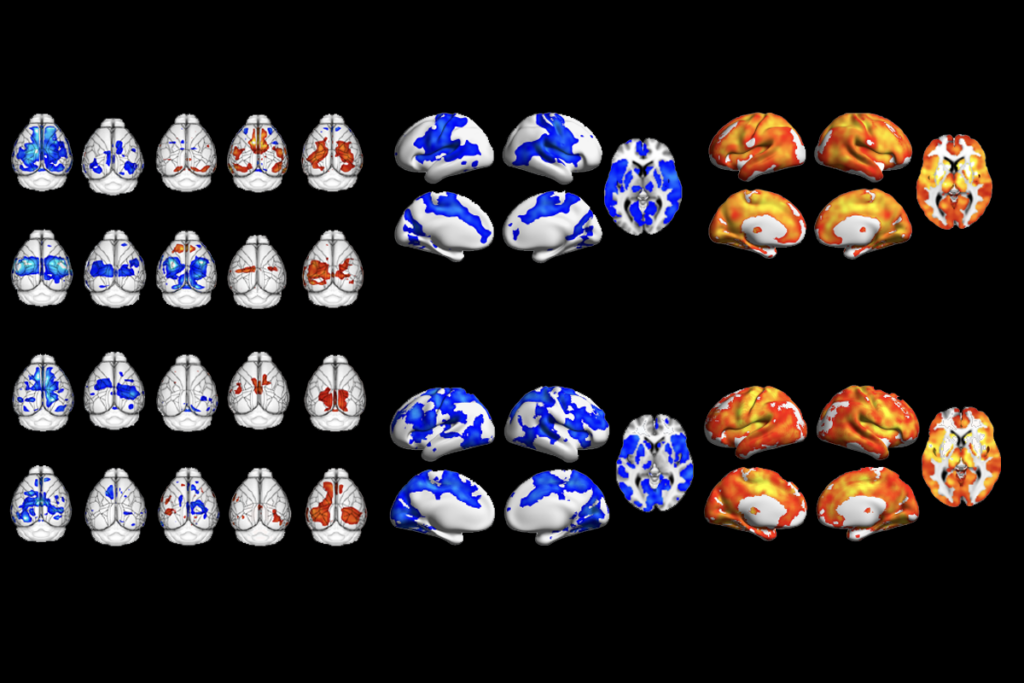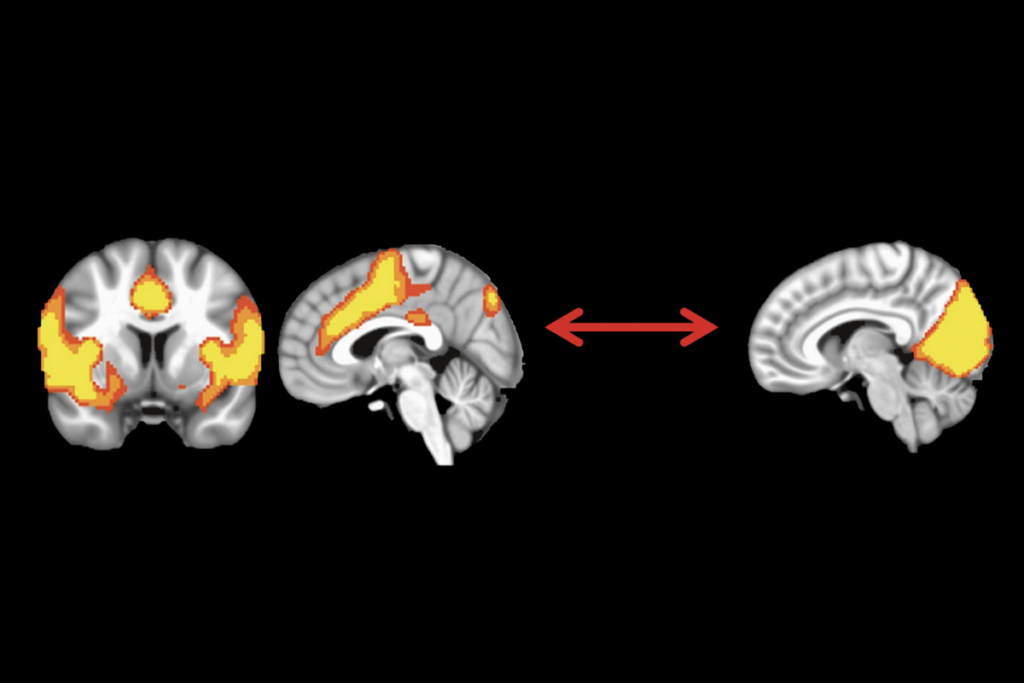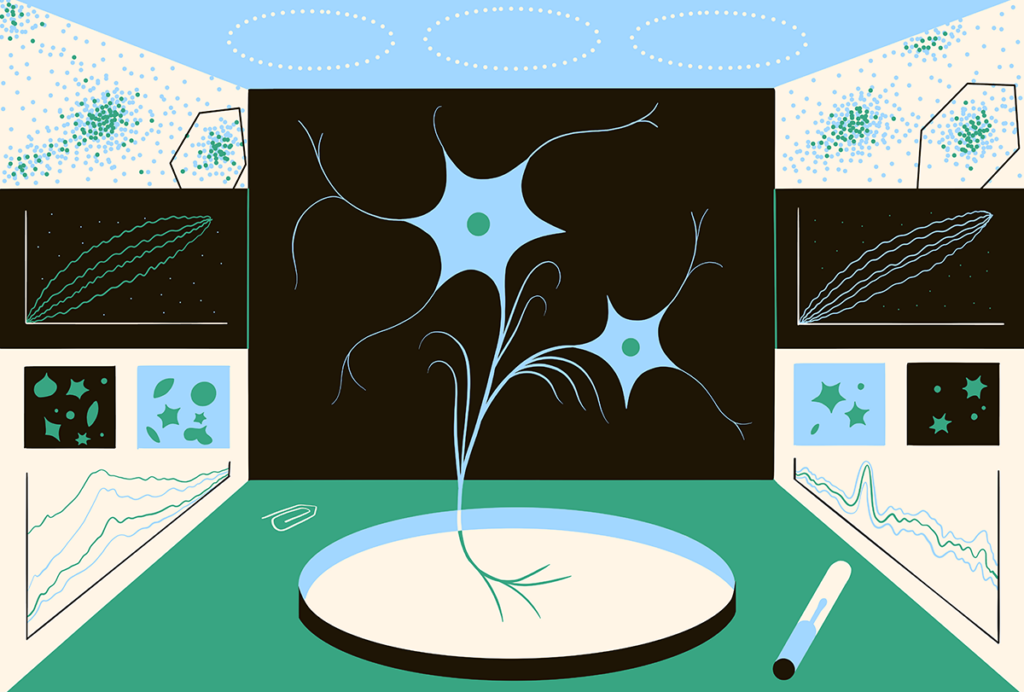Clinical research: Extra X increases risk of autism
Men who have an extra X chromosome have an elevated risk of developing autism, schizophrenia or bipolar disorder, according to a study in the January issue of the Journal of Psychiatric Research.
Men who have an extra X chromosome have an elevated risk of developing autism, schizophrenia or bipolar disorder, according to a study published in the January issue of the Journal of Psychiatric Research1.
The results provide further support for a connection between autism and the X chromosome. Several X chromosome genes — including the genes that lead to fragile X syndrome and Rett syndrome, along with NLGN3 and NLGN4 — are linked to autism. Mutations in X chromosome genes may explain the higher prevalence of autism in males than in females.
About 1 in 670 men have Klinefelter syndrome, which is caused by having two X chromosomes and one Y. Men with the disorder have symptoms consistent with having low levels of testosterone, such as small testes and enlarged breasts. Studies also suggest that they have an increased risk of developing neurological disorders such as schizophrenia2, 3.
In the new study, researchers combed the Swedish National Patient Register to find 860 men with Klinefelter syndrome living in Sweden. They matched each of these men with 100 men from the general population born in the same year and country.
Men with Klinefelter syndrome are four times more likely to be diagnosed with schizophrenia or bipolar disorder and six times more likely to have a diagnosis of autism than are controls, the study found.
It is possible that people with both Klinefelter syndrome and a neurological syndrome are more likely than those with either syndrome alone to seek medical attention, the researchers note. Still, the results suggest that an extra copy of genes on the X chromosome increases the risk of neurological disorders.
References:
1: Cederlöf M. et al. J. Psychatri. Res. 48, 128-130 (2014) PubMed
2: Bruining H. et al. Pediatrics 123, e865-870 (2009) PubMed
3: van Rijn S. et al. Br. J. Psychiatry 189, 459-460 (2006) PubMed
Recommended reading

Too much or too little brain synchrony may underlie autism subtypes

Developmental delay patterns differ with diagnosis; and more
Explore more from The Transmitter

This paper changed my life: Shane Liddelow on two papers that upended astrocyte research
Dean Buonomano explores the concept of time in neuroscience and physics

